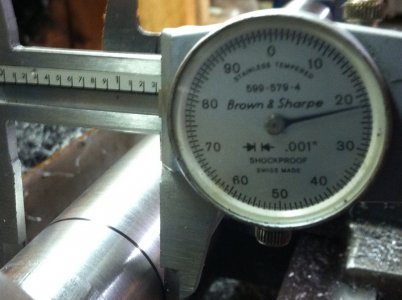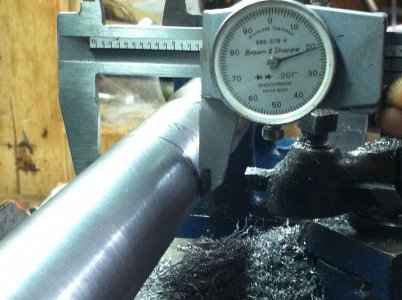As I learn more on how to use my small 6 in atlas lathe, Im seeing something I dont understand. When I use my cross feed Im getting a real large swind in readings. I am expecting wear, but could there bee this much on it?
Heres some steel I used for this post. the cross feed is set at 0 on the marks.
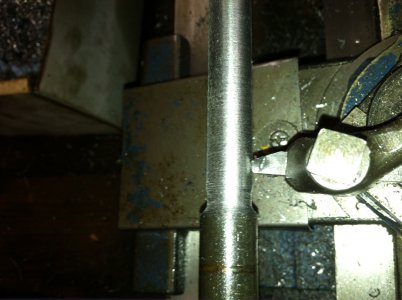
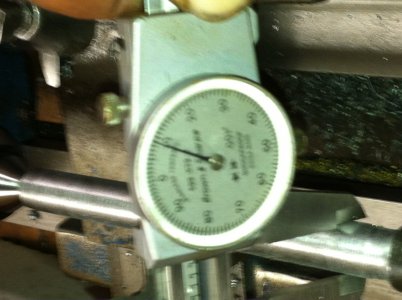
Next I turned the cross feed to 10 and took a measurment.
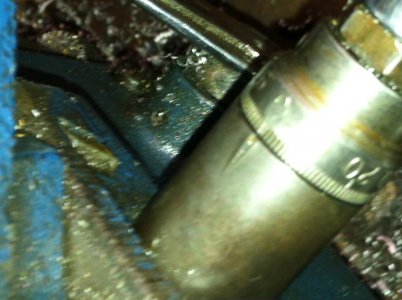
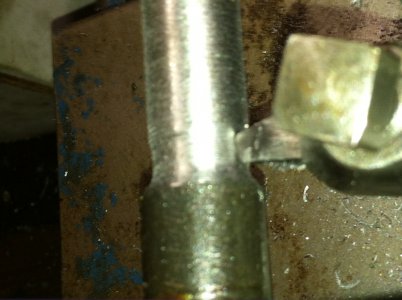
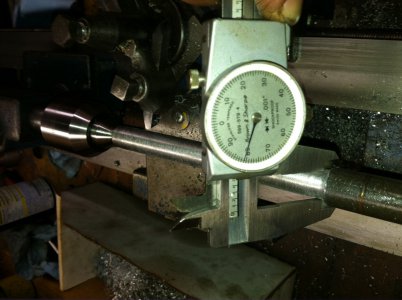
So Im taking 10 on both sides and the cross feed is worn .005 apx? Sorry for the rough pick, best I could do with my phone.





Heres some steel I used for this post. the cross feed is set at 0 on the marks.


Next I turned the cross feed to 10 and took a measurment.



So Im taking 10 on both sides and the cross feed is worn .005 apx? Sorry for the rough pick, best I could do with my phone.







